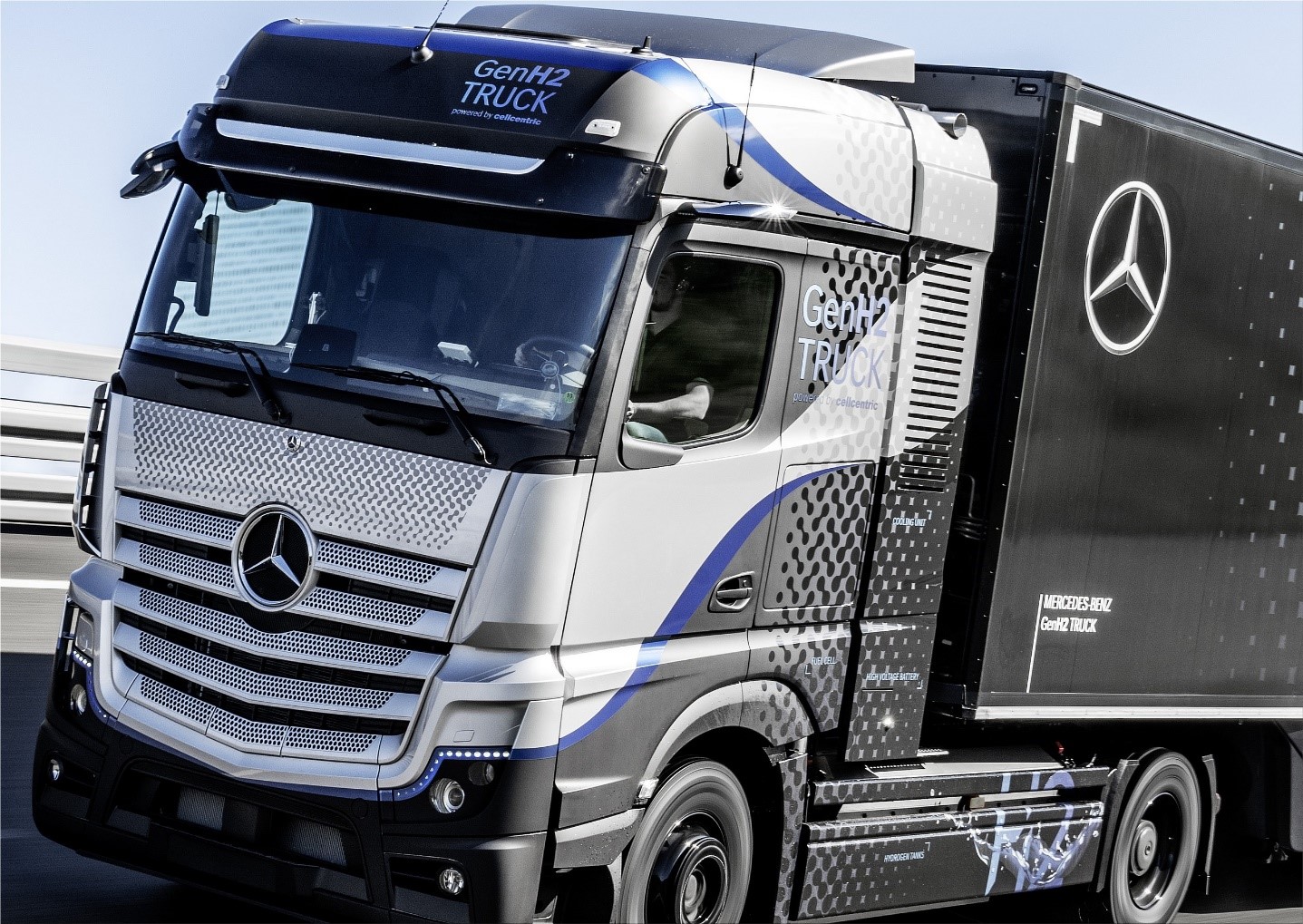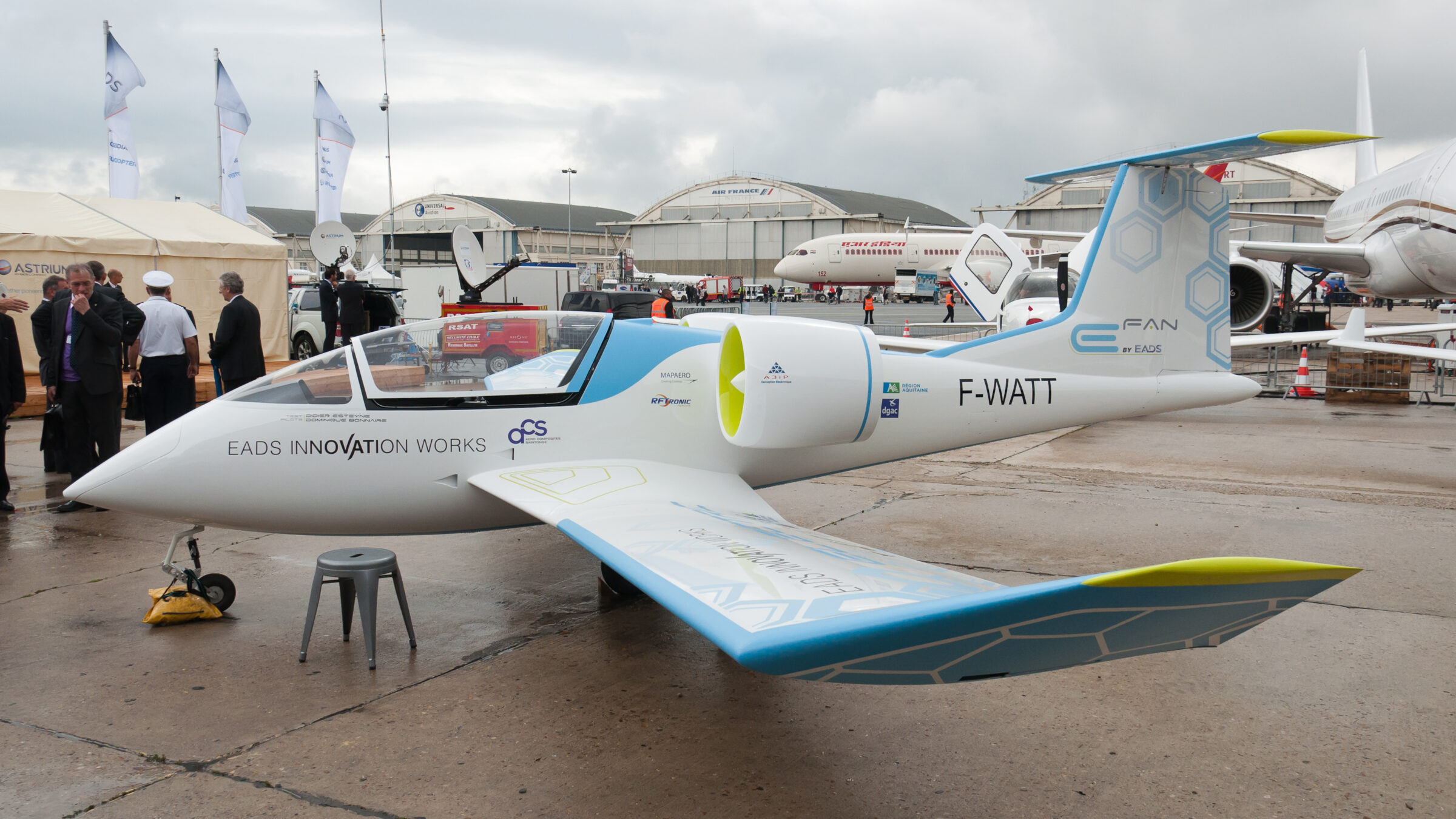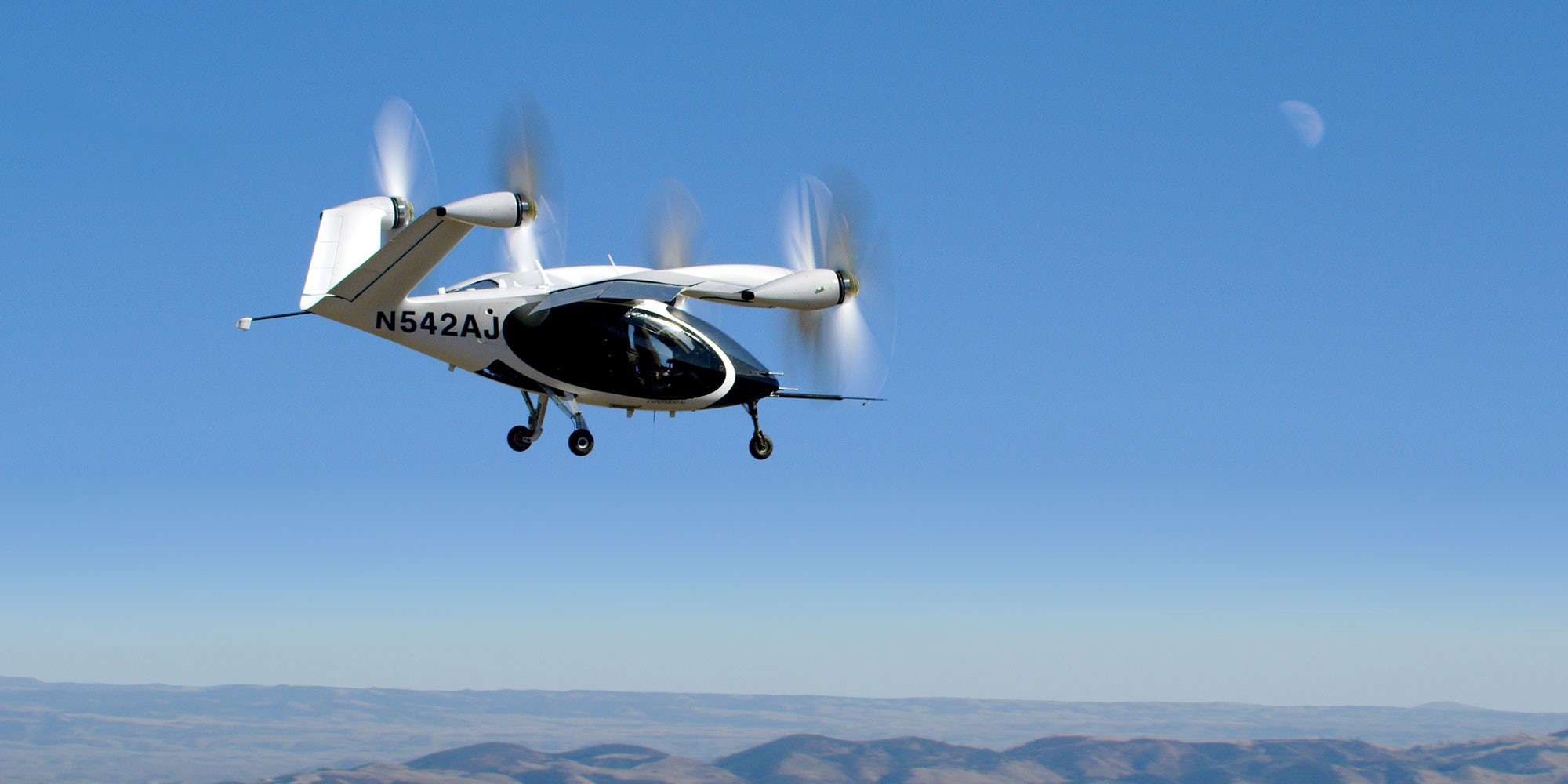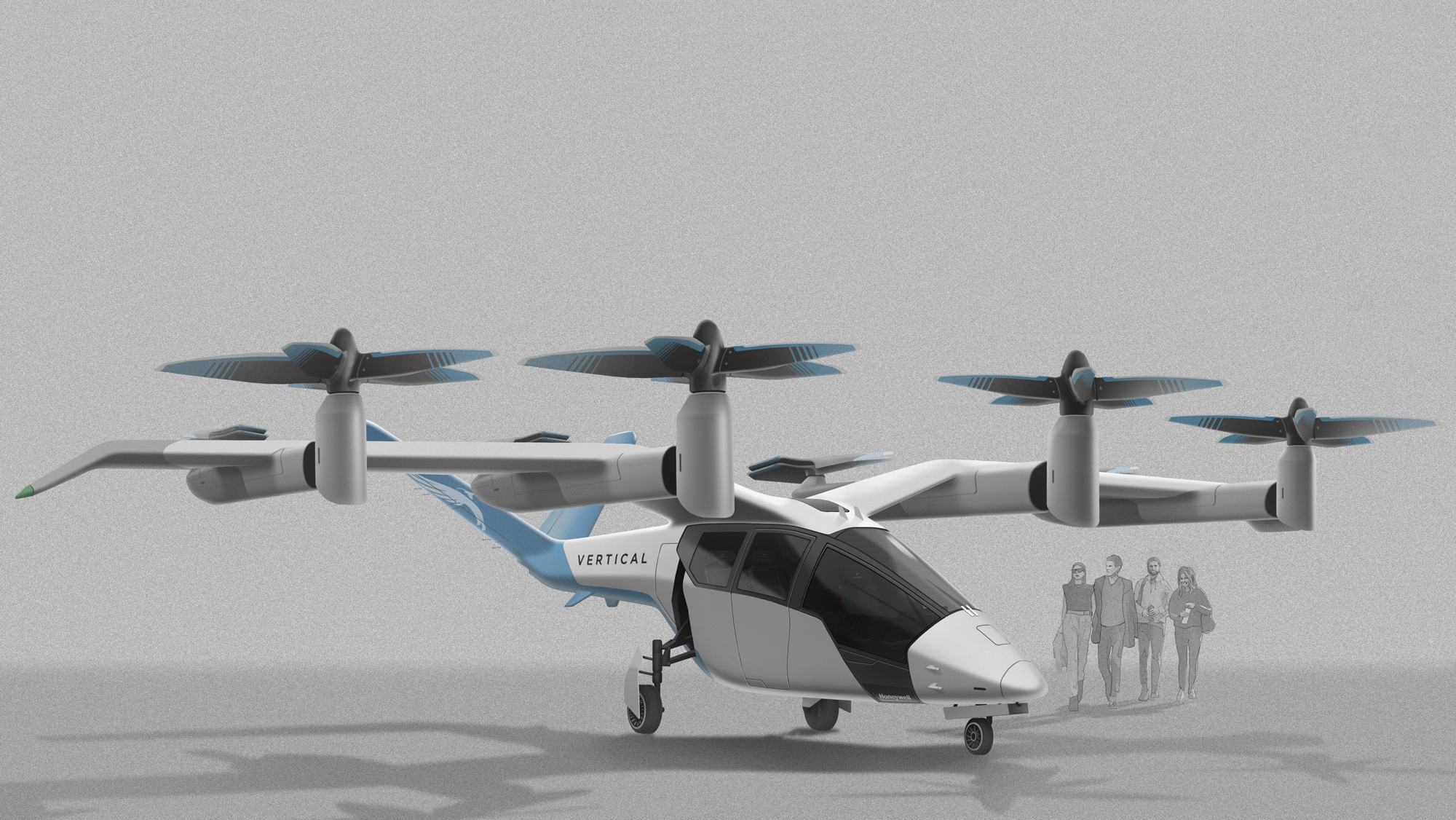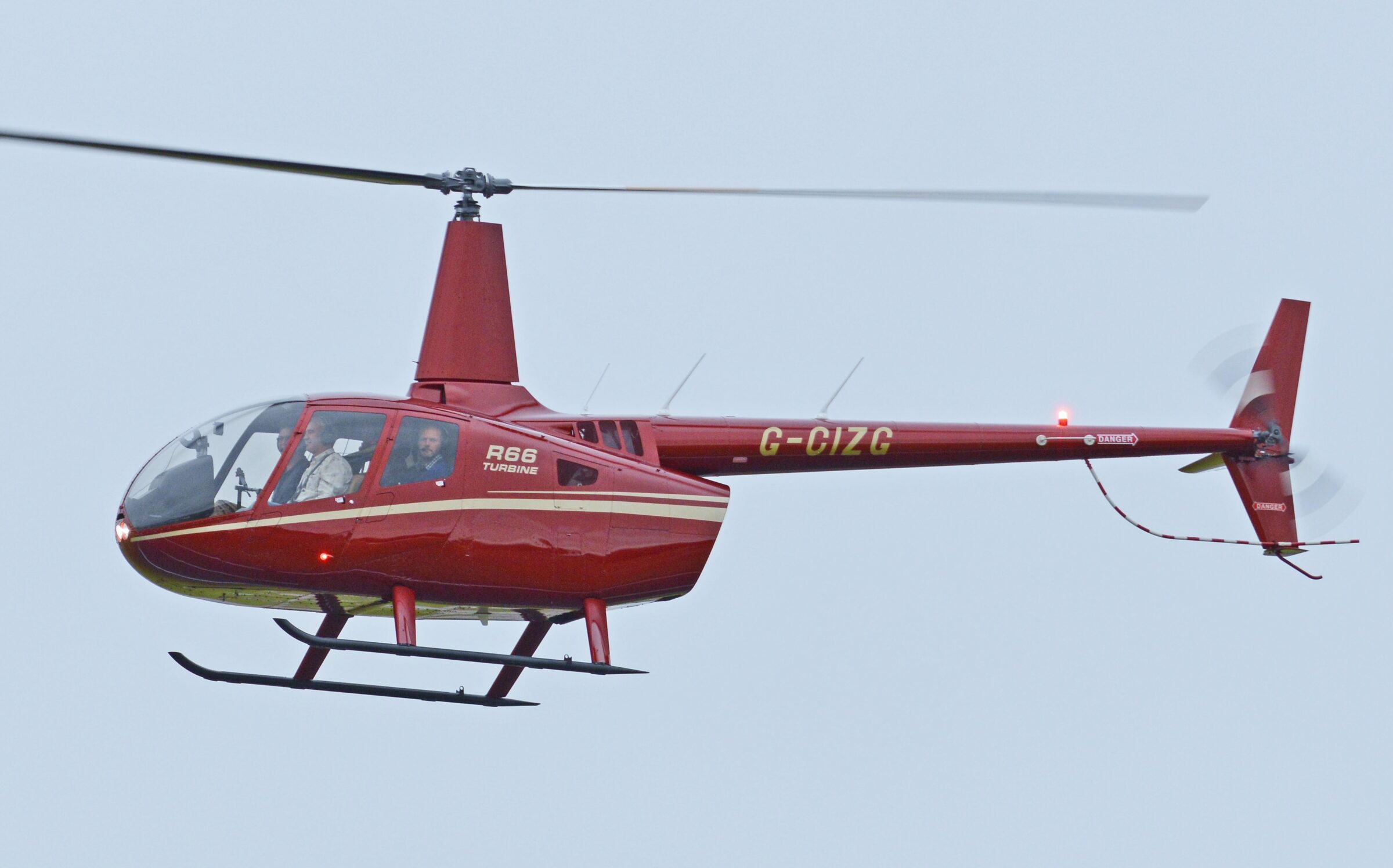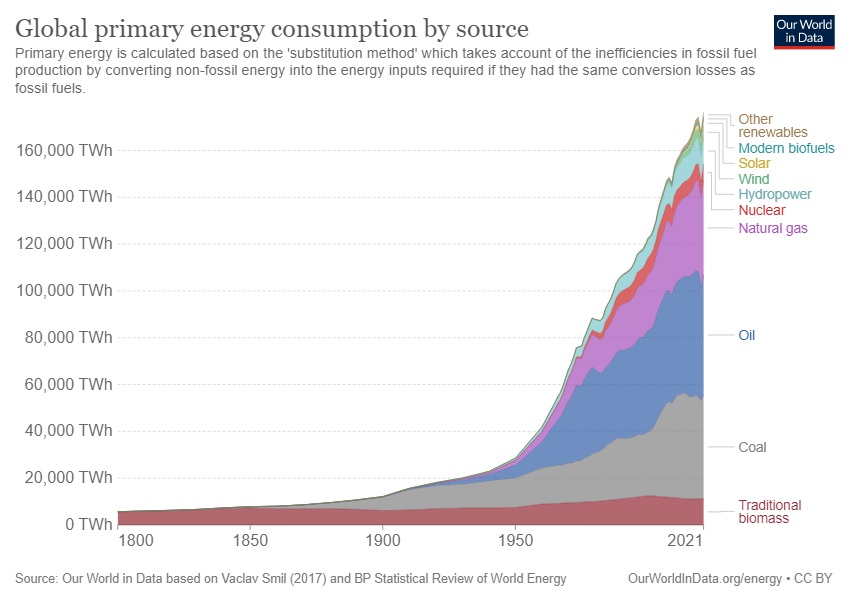Leeham News and Analysis
There's more to real news than a news release.
Bjorn’s Corner: Sustainable Air Transport. Part 58. Summary Part 2.
February 17, 2023, ©. Leeham News: Last week, we summarized that SAF is the short-term solution for GreenHouse Gas (GHG) reduction for Air Transport, and hydrogen is the longer-term solution for up to medium-haul flights.
What about battery and hybrid aircraft? It’s the go-to solution for ground transport (except for long-haul trucks, which are going hydrogen, Figure 1)?
2023 outlook for Sustainable Aviation
Subscription required
By Bjorn Fehrm
Jan. 16, 2023, © Leeham News: In the years from 2015, Sustainable Aviation awareness has grown from “something interesting, but will it be needed?” to “how do we fix the environmental issues we have fast enough.” Scientists saw what happened 20 years ago, but the general public didn’t react until it affected everyday life.
The development of more Sustainable Aviation solutions has taken a similar route. Until 2015 the changes to morph aviation into a more sustainable path were a scientific discussion. At Le Bourget Air Show 2015, Airbus presented the E-Fan (Figure 1) that would cross the English Channel the following month. It started an intense debate about sustainable propulsion concepts for aircraft.
Eight years later, where are we today, and what will happen in 2023?
Summary:
- The year will witness the “separation of the wheat from the chaff.” Viable concepts will prove themselves, and thin concepts, technically or funding-wise, will fail.
- We have a number of first flights from interesting projects. Several are in the “wheat” category.
Bjorn’s Corner: Sustainable Air Transport. Part 51. eVTOL wrap.
December 23, 2022, ©. Leeham News: After 25 articles about the eVTOL, it’s time for a wrap. We have looked at most aspects of this new form of air transportation, including how sustainable it is.
Today we summarize what we found before we go on to the next subject in Sustainable Air Transport.
Universal Hydrogen’s ATR72 Project
Subscription required
By Bjorn Fehrm
Dec. 22, 2022, © Leeham News: Last week, we wrote about Universal Hydrogen’s (UH2) plans to fly a hydrogen-fueled demonstrator aircraft in early 2023, followed by a certified conversion kit for an ATR72 airliner mid-decade.
The plans for the ATR72 hydrogen conversion are at an advanced state. As the first publication, we can describe the overall design and the technical details. The ATR72 implementation brings improvements in several areas compared with what’s been revealed before.
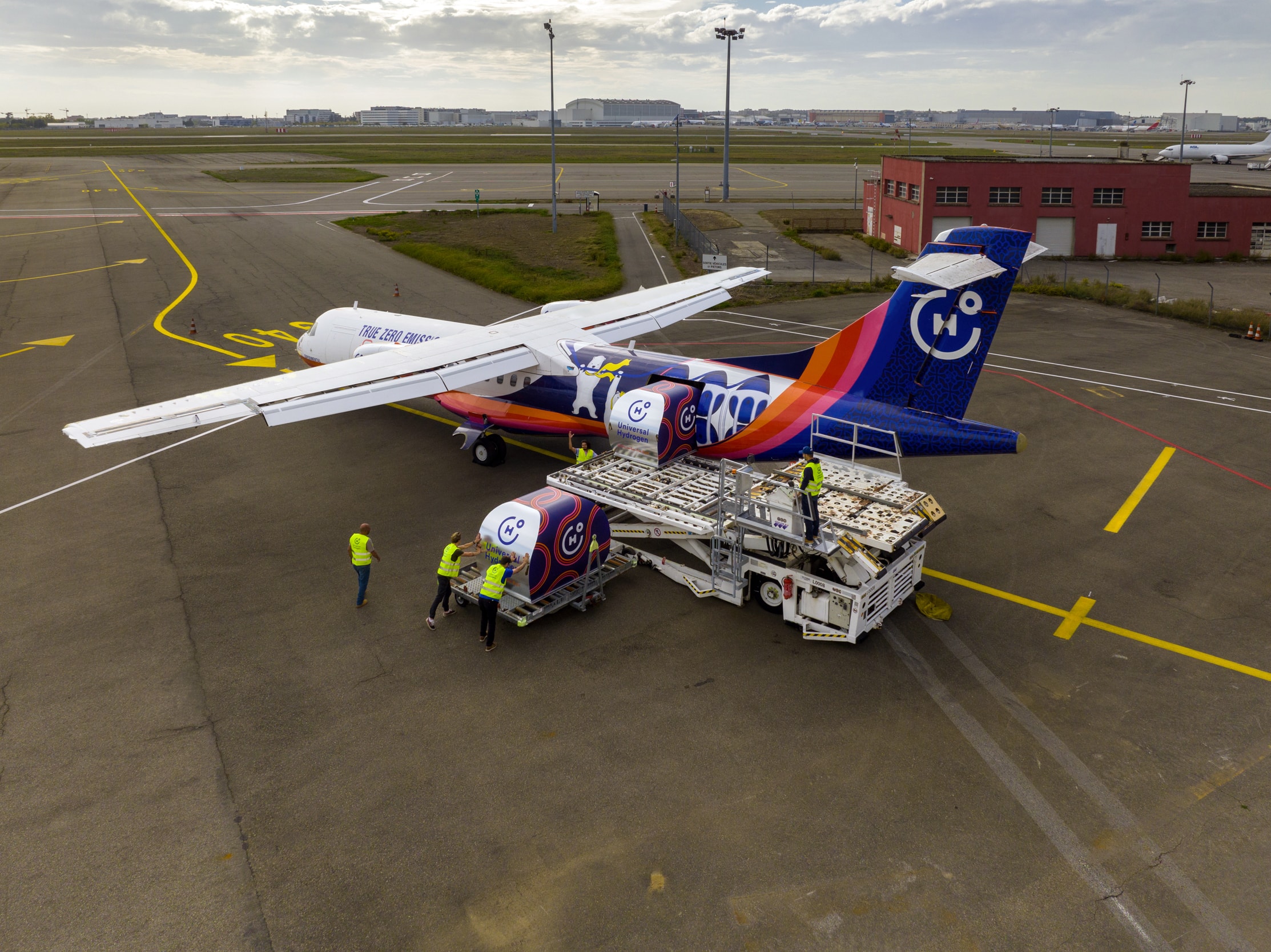
Figure 1. Hydrogen tank modules are loaded onto an ATR 72 using standard freight handling equipment. Source: Universal Hydrogen.
Summary:
- The target ATR72 conversion improves hydrogen capacity and handling compared to earlier concepts.
- The influence on the ATR seating capacity is reduced due to more efficient packaging on the aircraft.
Bjorn’s Corner: Sustainable Air Transport. Part 50. eVTOL production volumes.
December 16, 2022, ©. Leeham News: Last week, we looked at the production costs of our typical eVTOL. We could see that it was far higher than Joby’s assumption of $1.3m for the S4, about three times higher for units above 500 and even higher for earlier units.
Let’s examine where such cost numbers come from. It’s about production ramp hockey sticks and numbers never seen before. Are these credible?
Bjorn’s Corner: Sustainable Air Transport. Part 49P. eVTOL production costs. The deeper discussion.
Subscription required
By Bjorn Fehrm
December 9, 2022, ©. Leeham News: This is a complementary article to Part 49, eVTOL production costs. It discusses the typical production costs of a certified eVTOL when produced in large quantities.
eVTOLs will be produced under aeronautical production certification conditions, using aeronautical grade material and system. Our production cost model predicts such costs, including learning curve effects for each material type.
Bjorn’s Corner: Sustainable Air Transport. Part 47. eVTOL traffic
November 25, 2022, ©. Leeham News: We have gone through the flight principles for different eVTOLs, the critical systems such as battery systems and flight controls, their energy consumption/performance, and how green they are compared to other ways of getting to an airport.
This is all about the flying vehicle. But it’s only part of the system needed for this transport system to work and be safe. We now discuss the other bits needed.
Bjorn’s Corner: Sustainable Air Transport. Part 46. eVTOL comparison with helicopter
November 18, 2022, ©. Leeham News: In the comments to last week’s Corner, there were requests for a comparison with a helicopter re. Sustainability (kWh/km). Here you go.
I also threw in a cost of operations discussion, as the helicopter is the present alternative to an eVTOL for city-to-airport air transports.
Read more
Bjorn’s Corner: Sustainable Air Transport. Part 45. eVTOL, how green?
November 11, 2022, ©. Leeham News: We have spent some 50 articles going through the new air transport category, eVTOL, or electrically propelled Vertical TakeOff and Landing vehicles.
They promise to replace the helicopter for local air transport above congested cities and highways.
The question is now: How do eVTOLs fit in sustainable air transport? Are they a green way of starting a flight journey, and how does it compare to alternative transports?
Bjorn’s Corner: Sustainable Air Transport. Part 43. eVTOL IFR range.
October 28, 2022, ©. Leeham News: This is a summary of the article Part 43P, eVTOL IFR range. It discusses the range of a typical eVTOL flying a feeder mission from a city center to an airport during IFR conditions.
IFR conditions mean we have a dicey weather forecast for our airport destination and must plan with an alternate landing site where the weather forecast is better.



